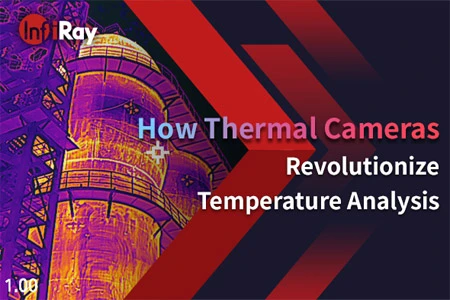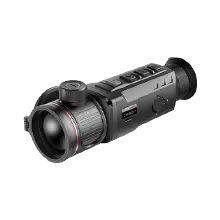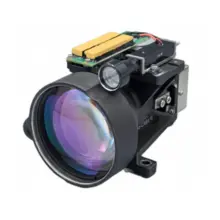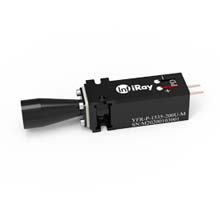How to Use Thermal Cameras for Covert Animal Observation
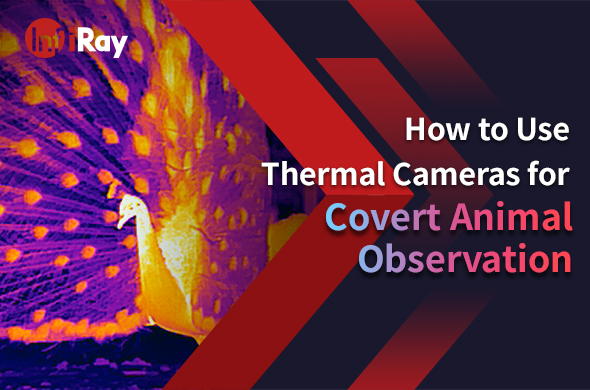
In the realm of wildlife observation, the use of thermal cameras has revolutionized our ability to study animals discreetly and without intrusion. How do you use a thermal camera to secretly observe animals? You will find the answer in this article.
Selecting the Right Thermal Camera
When embarking on covert animal observation, choosing the right thermal imaging is paramount. Consider factors such as resolution, range, and durability. Models like AFFO Series, EYE III Series, and FLIP PH35 have proven effective for different scenarios, offering the necessary features for successful observations.
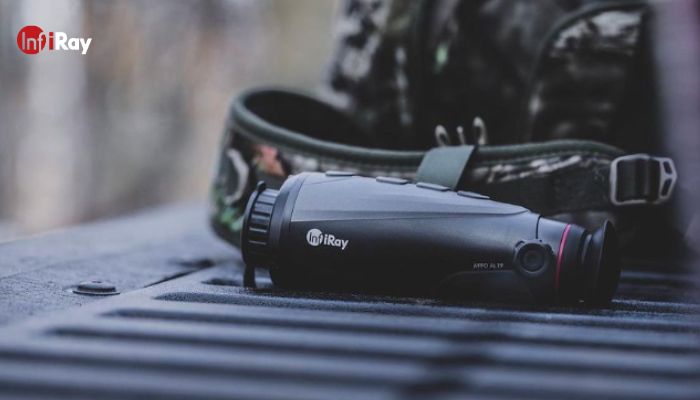
Setting Up Your Thermal Camera
Proper placement of the thermal imaging camera is crucial for optimal coverage. Strategically position the camera for maximum visibility while ensuring it remains concealed to minimize any disturbance to the animals. Configuring camera settings based on the environment is also vital, with specific adjustments needed for woodland areas, open fields, and wetland environments.
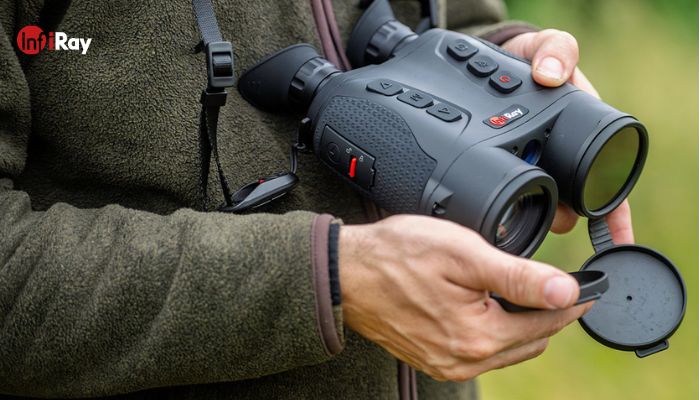
Monitoring and Recording
Real-time monitoring options, such as mobile apps and remote access, provide the flexibility needed for effective covert observation. Additionally, understanding recording and storage options is essential. Cloud storage solutions and on-site storage methods can be employed to preserve valuable observations for further analysis.
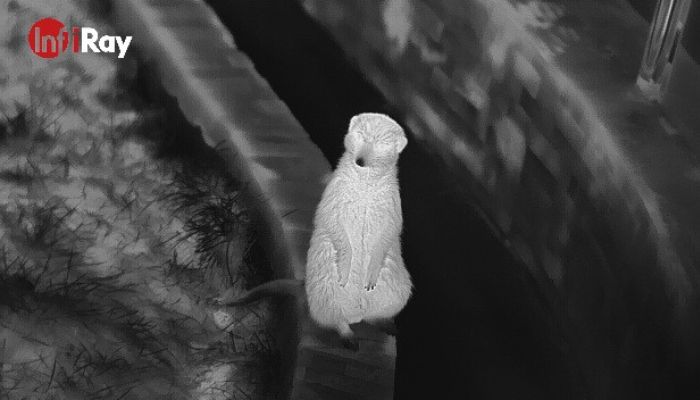
Tips for Covert Observation Success
Achieving success in covert animal observation is an art that goes beyond the mere use of thermal cameras. It requires finesse, attention to detail, and a deep understanding of the natural world. Here are some invaluable tips to enhance your chances of a successful and ethical wildlife observation:
1. Mastering Camouflage Techniques
It's a crucial tool for wildlife observers. Ensure your thermal camera blends seamlessly into the environment by using natural materials and colors. Mimicking the surroundings helps the camera become virtually invisible to the keen eyes of the animals you're observing.
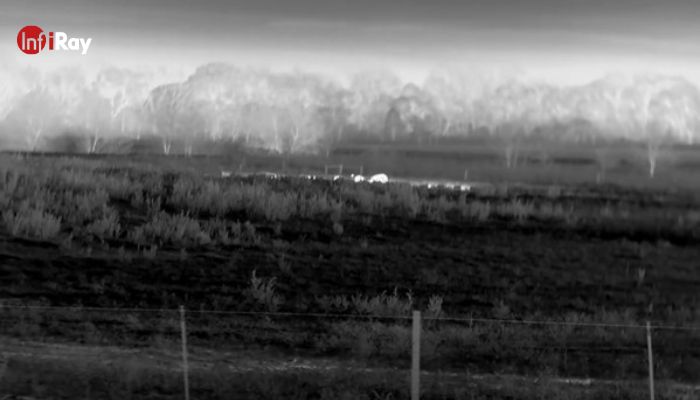
2. Timing is Everything
The time of day plays a pivotal role in animal behavior. Different species are active during specific periods, whether it's dawn, dusk, or the dead of night. Research the habits of your target species and plan your observations accordingly. This strategic approach increases the likelihood of capturing natural behaviors without causing undue stress.
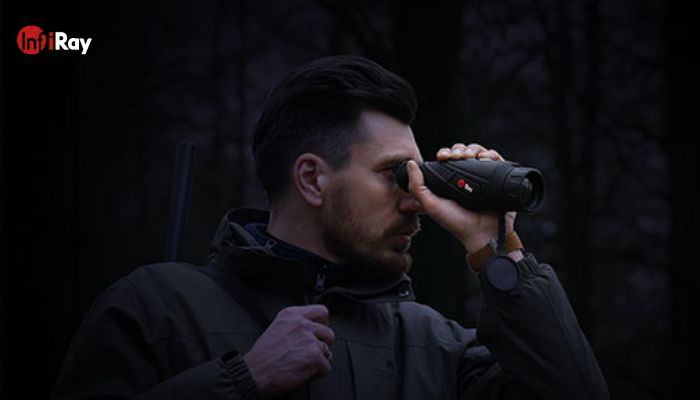
3. Minimal Intrusion, Maximum Impact
One of the keys to successful covert observation is to minimize your impact on the natural environment. Choose observation points strategically, maintaining a safe distance to avoid disturbing the animals. Silent movement and a low-profile setup contribute to a less invasive presence.
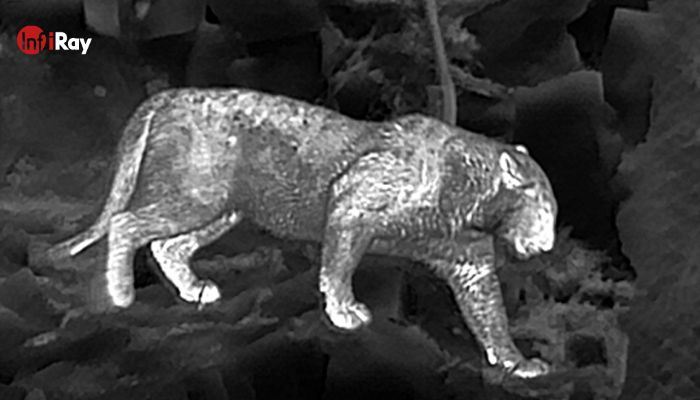
4. Harness the Power of Patience
Wildlife observation is a waiting game. Be prepared to invest time in your endeavor. Set up your thermal camera and settle in for patient observation. Avoid sudden movements or unnecessary disturbances, as patience often rewards observers with unique and authentic animal behaviors.
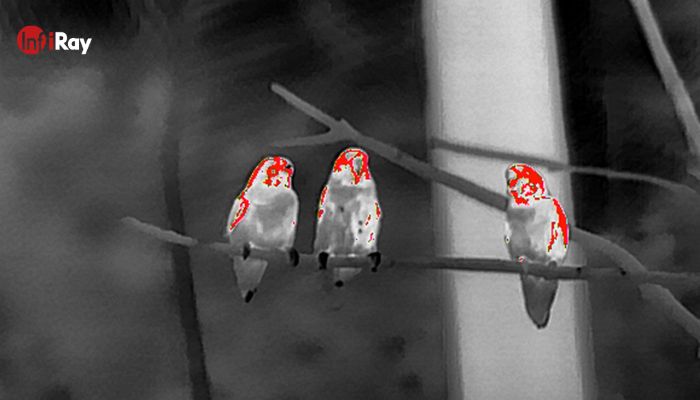
5. Leverage Remote Monitoring Technology
Take advantage of remote monitoring options provided by modern thermal cameras. Mobile apps and remote access allow you to observe wildlife from a distance, minimizing the risk of detection. This not only enhances safety but also provides an unobtrusive way to witness natural behaviors without physically being present.
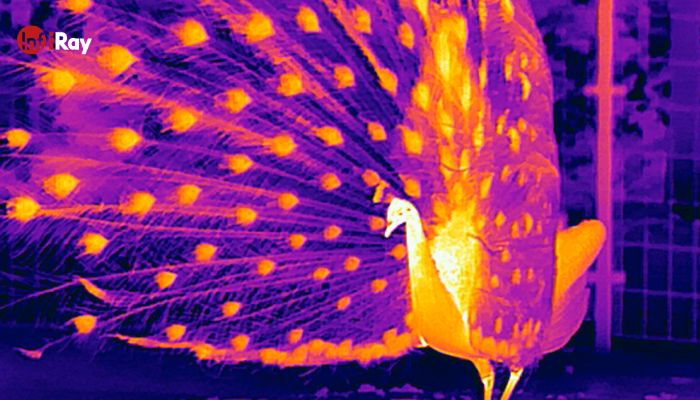
6. Weather Wisdom
Understand how weather conditions can influence animal behavior. Rain, for instance, might alter the movement patterns of certain species. Familiarize yourself with the specific weather preferences of the animals you're observing, and plan your covert sessions accordingly.
7. Employ Multi-Camera Setups
In some situations, employing multiple thermal cameras can provide a more comprehensive view of the wildlife habitat. Strategically position cameras to cover different angles, ensuring that no significant event goes unnoticed. This approach enhances the overall effectiveness of your covert observation efforts.
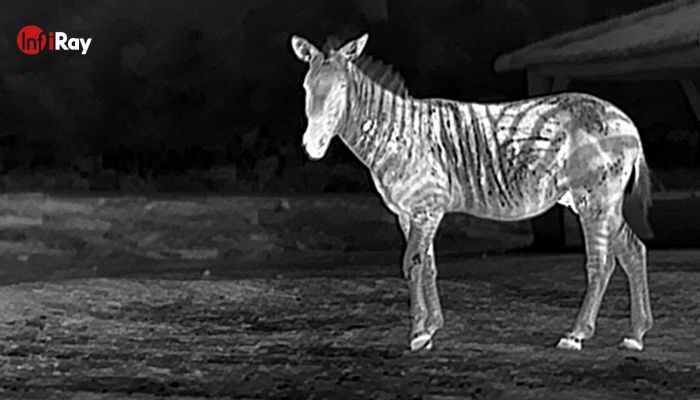
The use of thermal cameras for covert animal observation opens new avenues for researchers and wildlife enthusiasts alike. By selecting the right equipment, carefully setting up cameras, and adopting ethical practices, we can gain valuable insights into the lives of animals without causing harm or disturbance.








